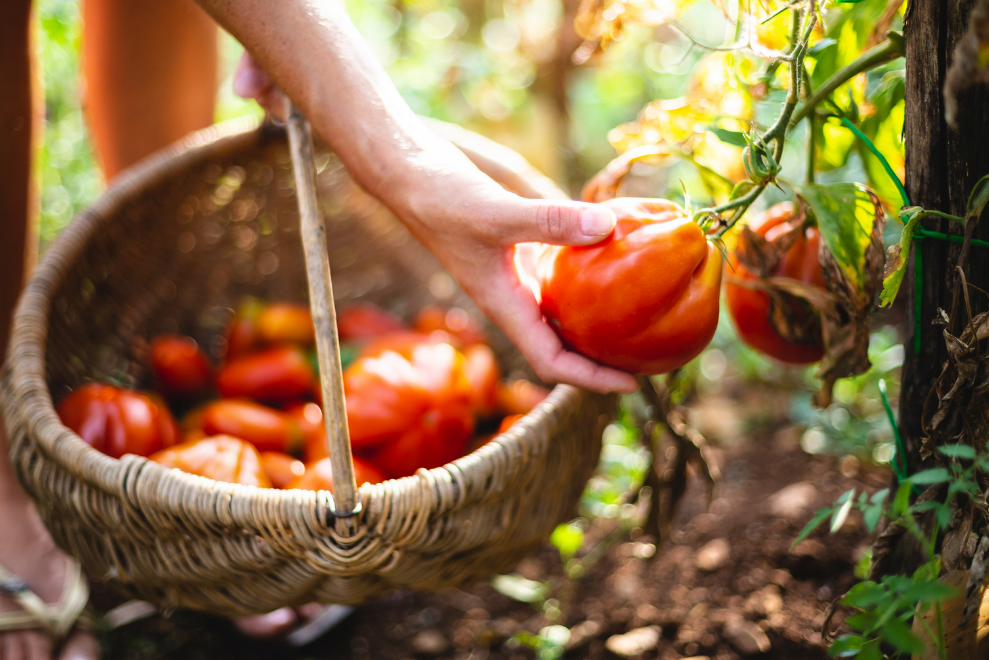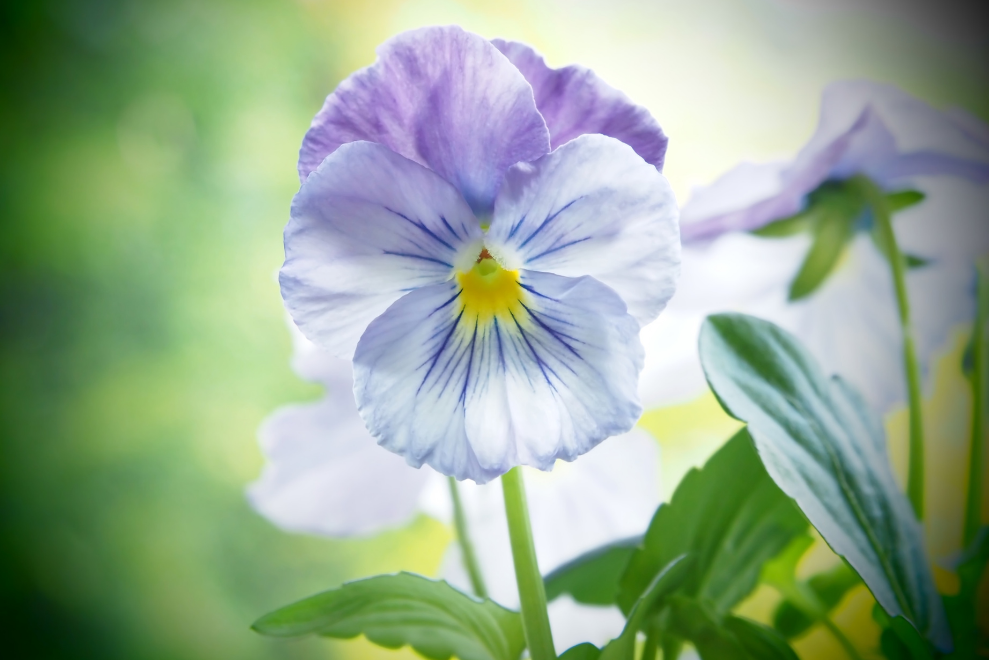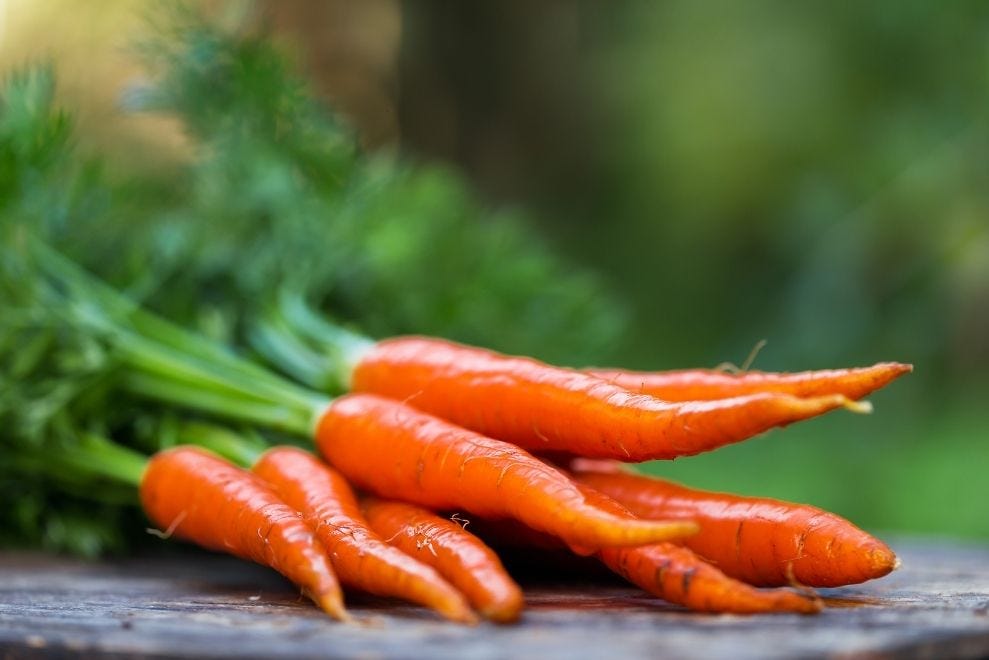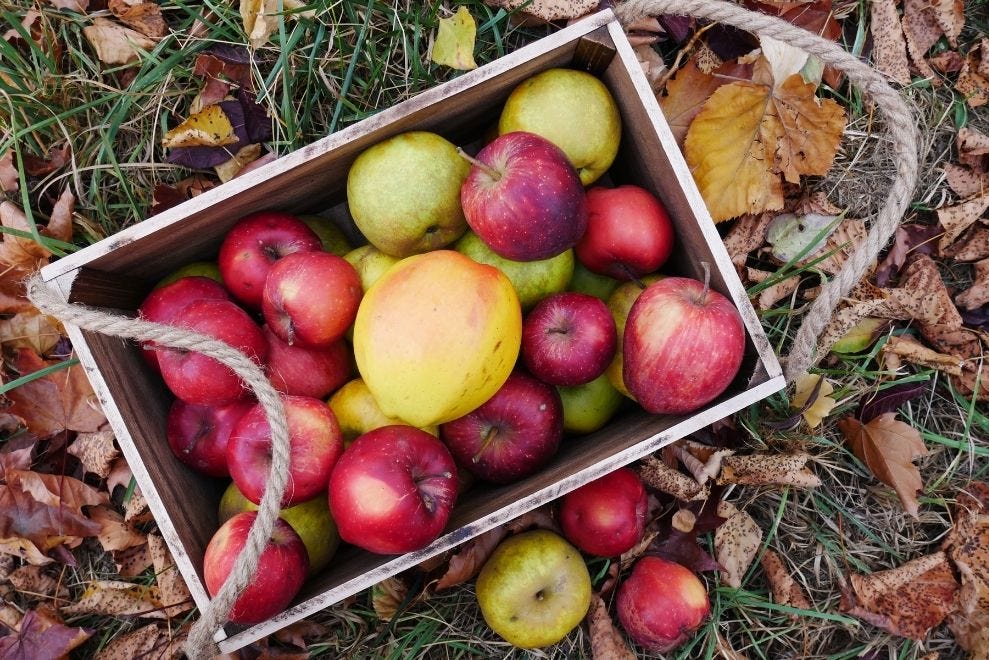
Lawns
September can be a busy time preparing lawns for the coming winter. Mowing frequency reduces as the days shorten and you need to raise those mower blades a little to make the turf more resilient to the first frosts of autumn.
Rake the thatch from within the turf using a ‘spring tine’ rake and aerate the soil by spiking with a garden fork. You can also apply an autumn fertilizer high in Potash and Phosphates.
It’s a great time too for sowing new lawns with the soil still warm and autumn rains to come and give the grass a good start.
Flowers
The summer splendour of hanging baskets and bedding schemes begins to wane. Feeding and ‘dead-heading spent blooms will help, but its time to think about next spring. Winter flowering pansies always provide some cheer on dull winter days. You may have sown some wallflowers for autumn planting? If not, you can buy plants cheaply for planting now and besides providing great companions for narcissi and tulips, they also provide delicious fragrance in your spring garden.

September is a good time to add plants to the herbaceous border and shrubs too will quickly establish in the warm, moist soils of autumn. Towards the end of the month, you can lift and divide overcrowded perennial plants.
Time too, to be buying spring bulbs for early plantings. There are always new varieties to tempt us in garden centres but make sure they are clean, dry, and free from disease. Look for hyacinth bulbs marked ‘prepared’ if you would like to pot some up to flower for Christmas – the delightful fragrance is amazing and they make great seasonal presents!
Vegetables
September is usually a busy time on the vegetable plot with hopefully a harvesting bonanza! There’s nothing better than produce picked for use straight from the garden and brimming over with healthy nutrients! Remember to pick young and fresh, avoiding any damaged produce. Root crops such as beetroot, carrots, onions, and parsnips can be stored in trays in cool, dry conditions. Lift maincrop potatoes on a sunny day, leave to dry, and then store in hessian or paper sacks. Many vegetables can of course be frozen but since the pandemic, there has been increasing interest in the old-fashioned ways of bottling and pickling for winter use.

You still have time to sow salad leaves, radish, spinach, and baby turnip varieties for autumn cropping but get them sown soon!
Thinking ahead to early crops for next year, now’s the time to sow overwintering broad beans like ‘Aquadulce Claudia’ and peas like ‘Feltham First.’ Garlic cloves too can be planted and autumn onion sets for early summer use.
Fruit
Cut back canes of summer fruiting raspberries to ground level and tie-in new shoots to support them through the winter. Remove straw spread around strawberries to protect the fruit as if left it will provide a home for fungal spores to overwinter and cause you problems next summer.
Unlike apples, it's best to complete pruning of ‘stone’ fruits like cherries and plums by the end of the month.
Pick apples and pears as required and store any surplus in a cool dry shed or garage.


